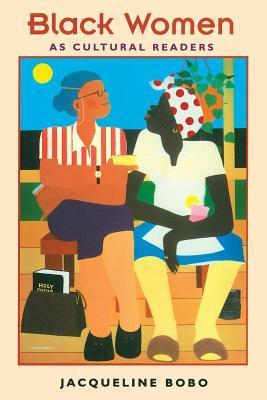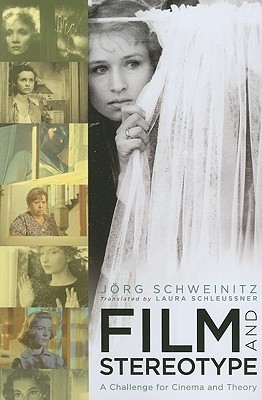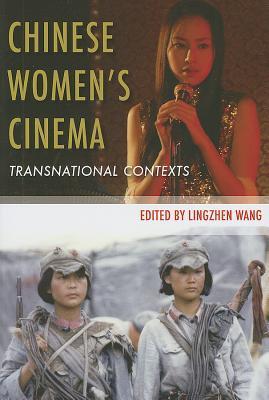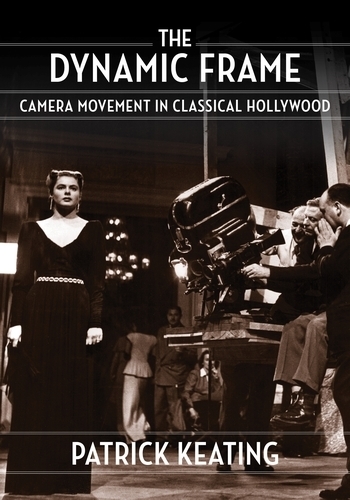


Books in series

Black Women as Cultural Readers
1995

L'occhio del Novecento. Cinema, esperienza, modernità
2005

Film and Stereotype
A Challenge for Cinema and Theory
2006

Chinese Women’s Cinema
Transnational Contexts
2011

Cinematic Appeals
The Experience of New Movie Technologies
2013

Must We Kill the Thing We Love?
Emersonian Perfectionism and the Films of Alfred Hitchcock
2014

American Showman
Samuel "Roxy" Rothafel and the Birth of the Entertainment Industry, 1908–1935
2012

Dreaming of Cinema
Spectatorship, Surrealism, and the Age of Digital Media
2015

Plastic Reality
Special Effects, Technology, and the Emergence of 1970s Blockbuster Aesthetics
2014

The End of Cinema?
A Medium in Crisis in the Digital Age
2015

The Use and Abuse of Cinema
German Legacies from the Weimar Era to the Present
2015

Studios Before the System
Architecture, Technology, and the Emergence of Cinematic Space
2015

The Shape of Spectatorship
Art, Science, and Early Cinema in Germany
2015

Impersonal Enunciation, or the Place of Film
2015

When Movies Were Theater
Architecture, Exhibition, and the Evolution of American Film
2016

Carceral Fantasies
Cinema and Prison in Early Twentieth-Century America
2016

Unspeakable Histories
Film and the Experience of Catastrophe
2016

Reform Cinema in Iran
Film and Political Change in the Islamic Republic
1759

Exception Taken
How France Has Defied Hollywood's New World Order
2017

Words on Screen
2017

Cinema by Design
Art Nouveau, Modernism, and Film History
2017

The Essay Film After Fact and Fiction
2018

Melodrama Unbound
Across History, Media, and National Cultures
2018

The Dynamic Frame
Camera Movement in Classical Hollywood
2019
Authors
Patrick Keating is an associate professor of Communication at Trinity University. He teaches courses in film studies and video production. Additionally, he has served as the chair of the interdisciplinary minor in Film Studies. He earned a B.A. (Film Studies) from Yale University, a M.F.A. (Film Production) from the University of Southern California, and a Ph.D. (Communication Arts) from the University of Wisconsin-Madison. He is a native of Los Angeles. He has previously taught at Washington University in St. Louis, Stanford University, and Hofstra University.